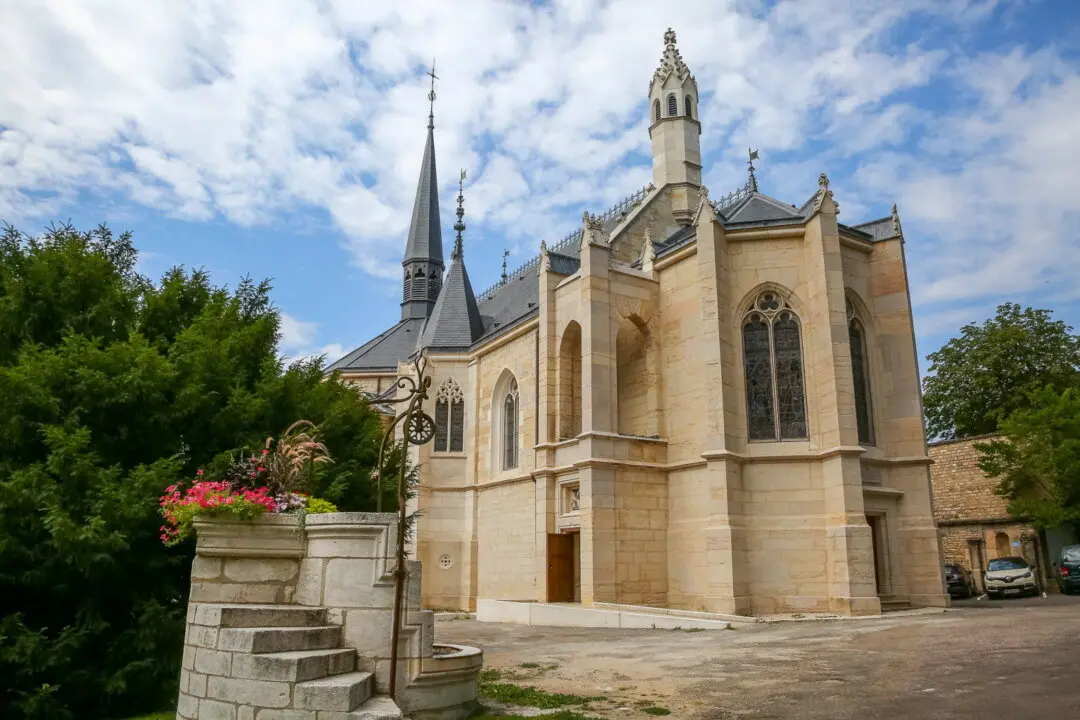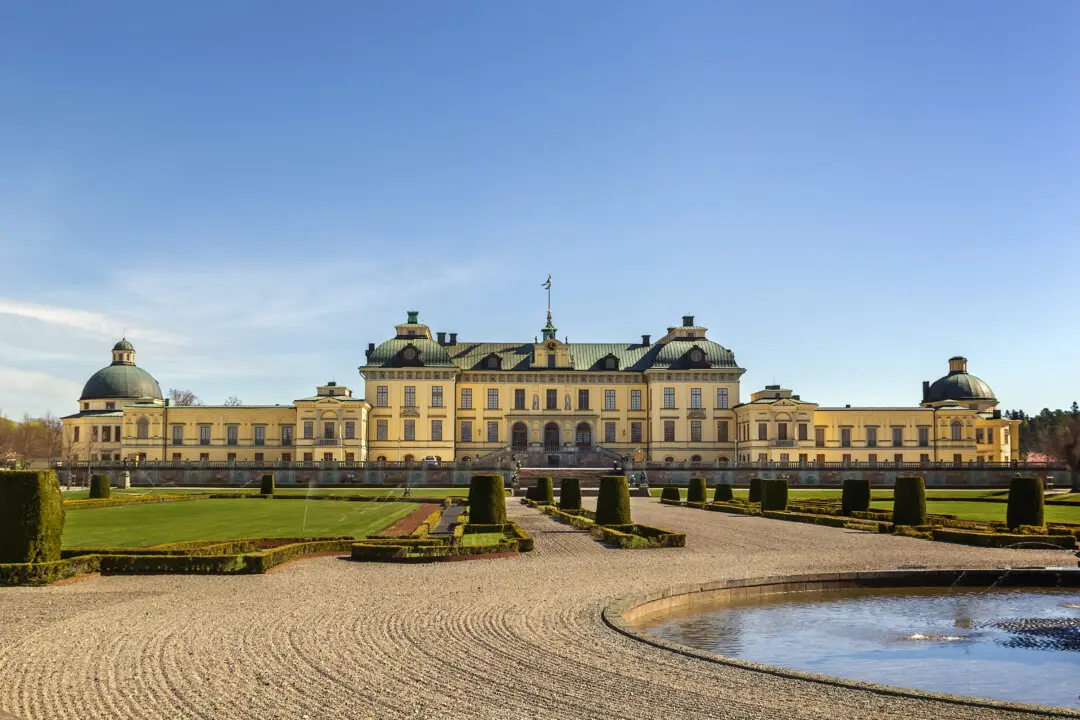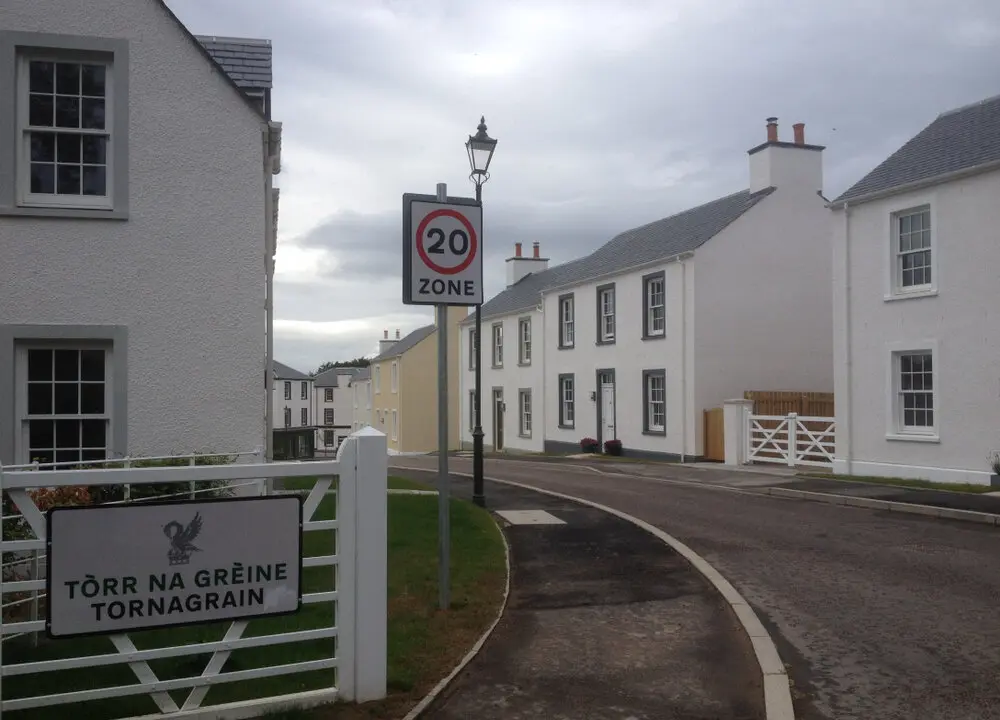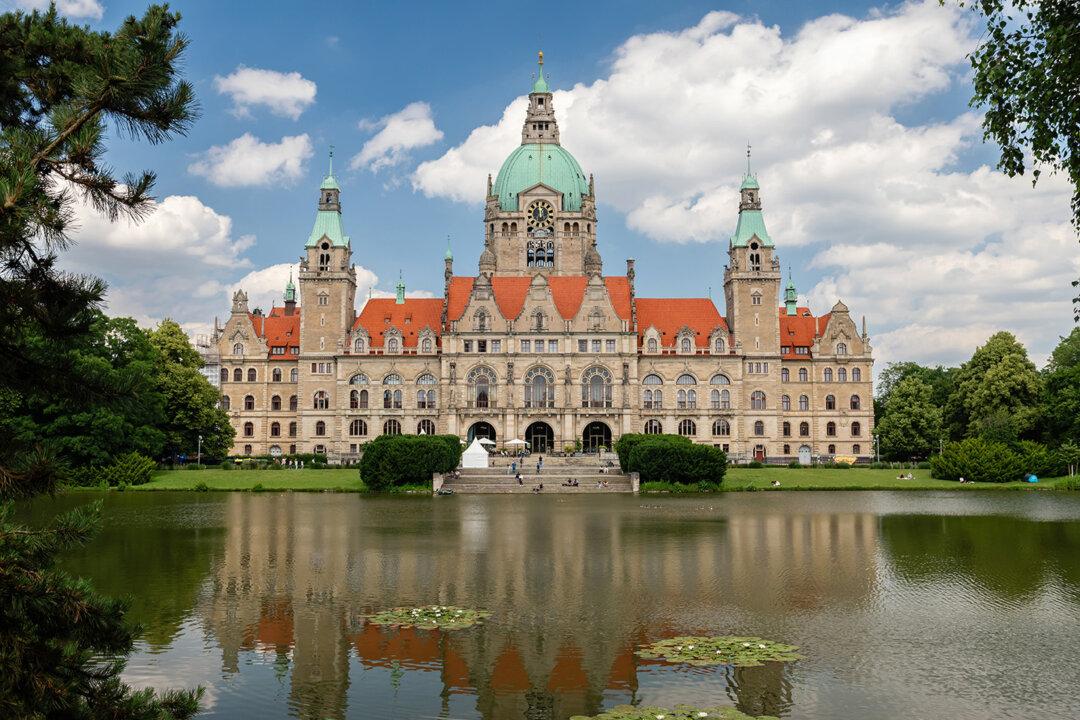Located on the outskirts of Dijon, France, formerly the capital of the Duchy of Burgundy, the Chartreuse de Champmol was a monument to the Valois dukes. In the 15th century, the monastery became a pilgrimage site displaying the era’s finest French and Burgundian art and architecture.
In 1377, Duke Philip the Bold (1342–1404) purchased the plot of land to provide a burial place for the ducal family, which was meant to rival France’s dynastic burial sites. In medieval times, dukes built monasteries on such sites so that monks could pray daily for the buried souls to be released from purgatory. Philip housed 24 (later 26) Carthusian monks. The Carthusians, an enclosed religious order of the Catholic Church, lived a semi-hermitic life. The name of their monasteries—“Chartreuses” or “Charterhouses”—was derived from the Chartreuse Mountains near Grenoble, France, where the Carthusian order was founded.





